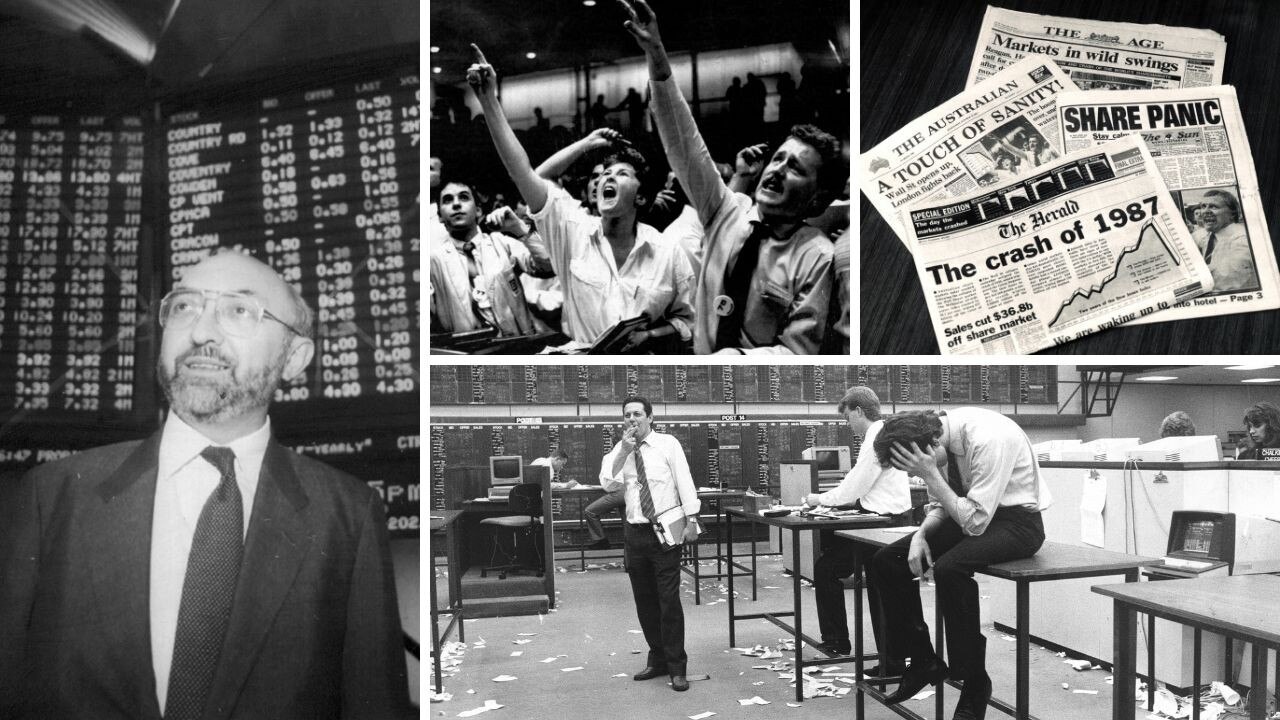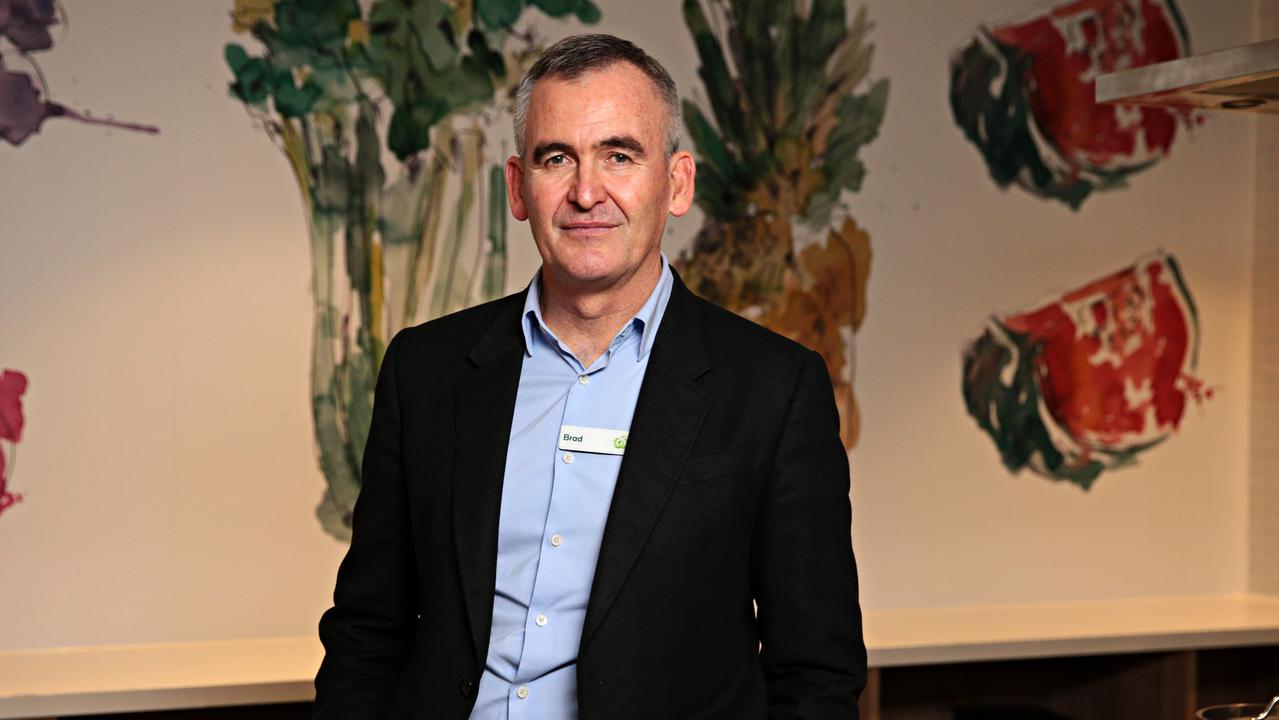Australia’s Labor government faces a whole new economic ball game
The economic times are changing rapidly and not for the better. The inexperienced duo holding Australia’s purse strings face a daunting task.

Terry McCrann
Don't miss out on the headlines from Terry McCrann. Followed categories will be added to My News.
So, Anthony Albanese starts his second week as Prime Minister; perhaps even more importantly, Jim Chalmers and Katy Gallagher start theirs as joint keepers of our $626bn national purse.
Chalmers as Treasurer, when he’s not moonlighting as acting Home Affairs Minister; Gallagher as Finance Minister. Chalmers is supposed to make all the big decisions; Gallagher to make sure the numbers ‘add up’, in the unique way they do, so entirely a-politically, with government finances.
The $626bn is how much Josh Frydenberg’s budget back in March forecast the federal government would spend in the coming 2022-23 financial year.
Remember Frydenberg? He used to be the treasurer and the next Liberal prime minister. Well, he’ll never be treasurer again; we’ll get back to you on the PM bit.
Anyway, trust me, the spend in 2022-23 will be more, much more than Frydenberg’s (last) number. It was always going to be more even if ScoMo had got his ‘second miracle’; it will certainly be much more now that he didn’t.
Indeed, Labor promised that explicitly. As wannabe-PM, Albo (and Chalmers) promised they would spend every cent the – departing – government had committed to; and they would just add on their promised spending.
They said their new spending added up to just shy of $20bn; and that would be spread over the next four years, not just all-up in 2022-23.
Yes, and my cheque is in the mail, as it always is – anyone under the age of 40 is advised to consult Google; and I’ll still love you in the morning – ditto.
What we have, as we stand on the threshold of not just a new government but a new financial year, is a whole new ball game.
The world in prospect is not just two-months moved on since the budget; it has changed completely; even in just the last week when Wall St went up nearly 6 per cent.
And again, you are going to have to trust me, Wall St did not go up on good news; that’s to say good news as you would understand it.
It went up on the way greedy Wall Streeters see it: that the news was actually so bad, that therefore the Fed would back off raising interest rates.
I honestly don’t know what numbers Treasury and Finance would produce for a budget in June, even if God was still in his heaven and beaming over a PM ScoMo and a Treasurer Frydenberg.
But they would have to be different; and as the year – and the decade unfolds – they will be different, very different: as in, a word, worse; or two words; much worse.
The budget forecast deficits of $225bn in total over the next four years.
There was a time when that would have looked horrifying; not so much after the $134bn deficit in just one year alone, 2020-21; or indeed the $214bn over the two years of Covid and even more the hysterically panicked reaction to it.
The deficits will be bigger and so also the debt. It was forecast to reach $1.17tr gross, very gross, by June 2026; and $869bn net.
Peter Costello, who got the debt down to zero – indeed, actually got it into the negative, so we owed nothing and had net cash sitting in the bank and now have $200bn in the Future Fund – would be turning over in his grave but for the fact, thank goodness, he’s not dead yet.
There are two core points to understand.
The budget assumed that the economic sun would be shining brightly all the way through 2022 and not just in Australia but in the entire world. Even though, it was prepared well after Russia invaded Ukraine.
The budget forecast growth in Australia would be a thumping 4.75 per cent; interestingly, exactly the same in China, our most important economic ‘partner’; 3.5 per cent in the US; and the same in Europe, presumably assuming it would still be sucking in lots of Russian oil and gas.
All I can add, is hmm.
The second assumption was of course a continuing Morrison-Frydenberg government. Now you have to add on what the Albo-Chalmers government spends and what it does to the economy more broadly.
There’s also I guess, a third ‘factor’: who’s now holding the ‘levers’, as Paul Keating used to put it.
In Chalmers we have a fiscal fiend, who’s spent his entire life managing and manoeuvring in the backrooms of politics and that of Labor politics in particular.
He does have a degree in communications; although, as I noted earlier in the week, a tendency to hysterical exaggeration.
As his right-hand person, overseeing the $626bn of your money heading for $800bn, he has a former mayor of a large provincial city. Gallagher’s ‘biggest’ previous job was ACT first minister.
Clearly our finances and our future are in the very best of hands.
Originally published as Australia’s Labor government faces a whole new economic ball game



